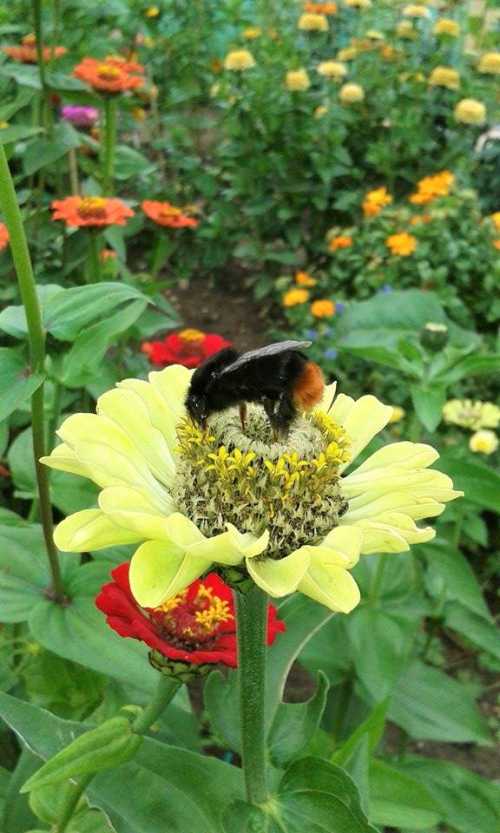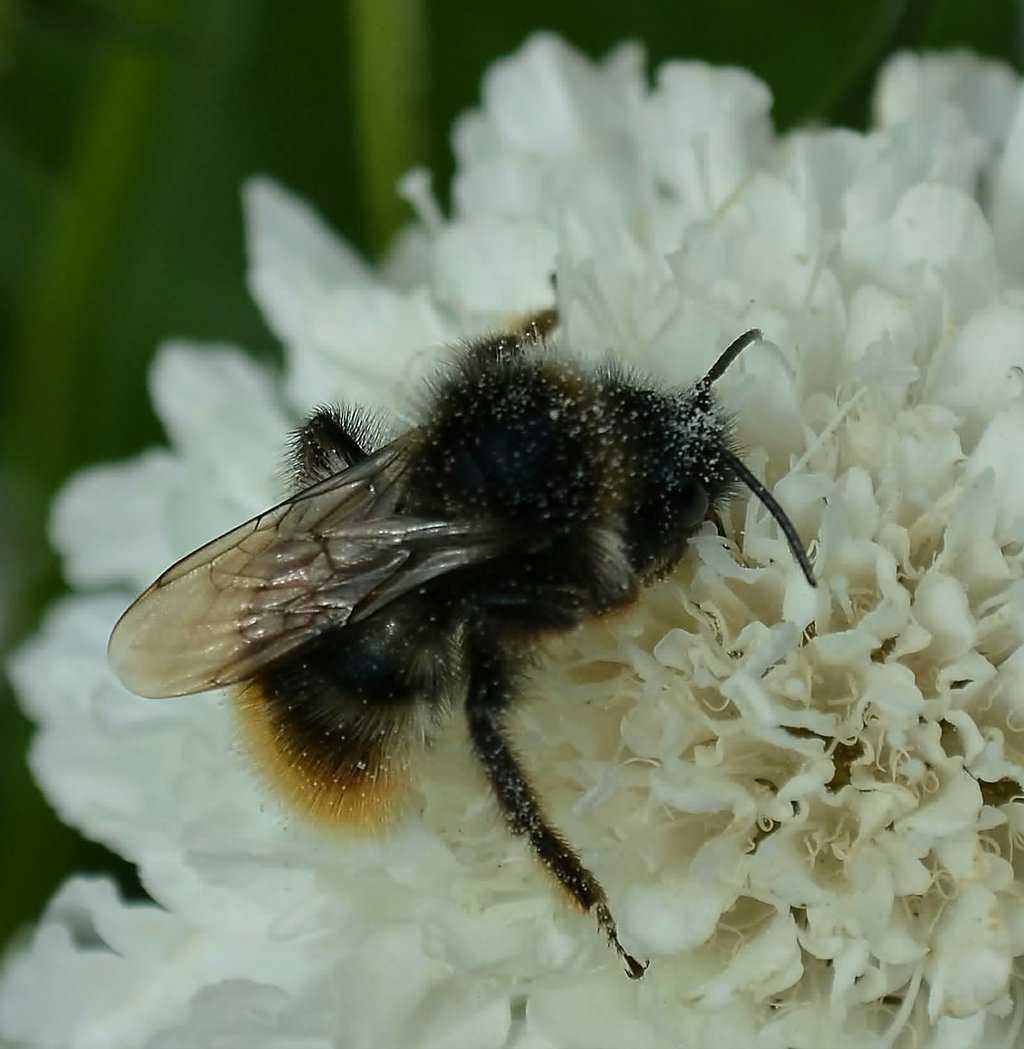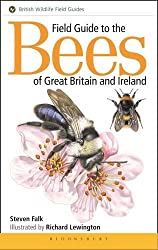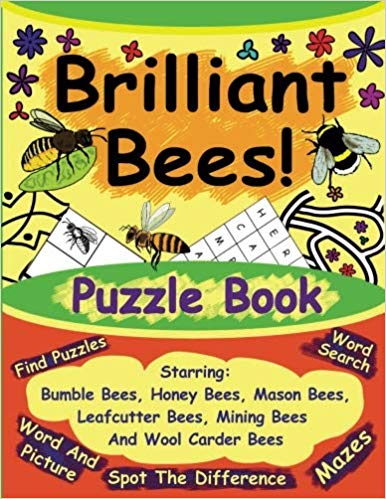Red-shanked Carder Bee - Bombus ruderarius
From April and through the summer, look out for Bombus ruderarius - the Red-shanked carder bee. This lovely, gentle species forages on a variety of flowers, and may visit gardens, but can also be seen on scrubby grasslands and verges.
Flower-rich brownfield sites may also provide useful habitat for this species.
In gardens, they might be seen on Scabiosa (pin cushion) flowers, geraniums, various members of the daisy family (such as zinnia), members of the pea (Fabaceae) and borage (Boraginaceae) families.
About the Red-shanked carder bee - Bombus ruderarius
 Bombus ruderarius - Red-shanked carder bee (queen) on zinnia flower.
Bombus ruderarius - Red-shanked carder bee (queen) on zinnia flower.This species is often mistaken for Bombus lapidarius, the Red-tailed bumble bee.
If you are not sure which species you are looking at, take a photograph and be certain the image captures the hind legs. Enlarge the image on screen, paying particular attention to the colour of the hairs. On Bombus ruderarius the hairs on the hind legs are an orangey-red colour, on Bombus lapidarius they are black.
The tails of Bombus ruderarius are also orangey-red, rather than a deeper crimson red as is the case with Bombus lapidarius, though tails of older bees can become faded.
Another similar species is the cuckoo, Bombus rupestris, which also has an orangey-red tail. One of the best ways to distinguish Bombus rupestris from Bombus ruderarius is in the density of hair. The cuckoo is more sparsely haired on the thorax, and on close inspection, the surface of the body will be visible (and a little shiny in appearance) through the hair.
However, it should be noted that noted that the social species can also become a little bald with age, so this needs to be taken into account.
Queens and workers are pretty similar in appearance, and workers are only slightly smaller than the queens.
Males of this species often have a few pale hairs on the thorax and close to the head, a little like a collar, as can be seen in the photograph below.
 Bombus ruderarius - Red-shanked Carder Bee (male) on pin cushion flower
Bombus ruderarius - Red-shanked Carder Bee (male) on pin cushion flowerRegardless of the fact that bumble bee species vary in the length of their tongues, all members of the Bombus genera fall into the long-tongued category over all.
Nesting habits of the Red-shanked carder bee - Bombus ruderarius
As a carder bee, the nests of this species typically occur on the surface of the ground among grass and other vegetation where moss and grass are 'carded' to make the nest. Abandoned mammal burrows may also be used.
In fact, a nest site may also assist in identification. A nest reported in tree holes and crevices, also in bird boxes is likely to be that of the Red-tailed bumble bee rather than the Red-shanked carder.
In Field Guide to Bees Of Great Britain And Ireland, entomologist Steven Falk notes that nests of Red-shanked carder bees can be quite small, with colonies having at most 100 workers, but usually significantly fewer. (See How Many Bumble Bees In A Colony?).
Bombus campestris is a cuckoo species known to target the nests of Bombus ruderarius as a host.
If you found this page helpful or interesting, I'd really be grateful if you would share it with others - if not this page, perhaps another, such as Gardening For Bees.
Thank you so much :) .

